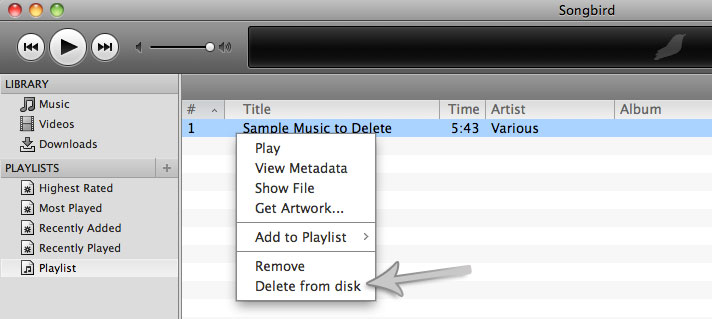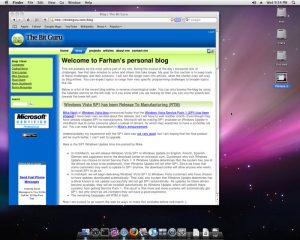MediaMonkey 3.1.1 is not compatible with today’s release of iTunes (version 9). If you use MediaMonkey and you have upgraded to iTunes 9 then you will notice that it crashes at startup complaining about d_iPhone.dll. I am guessing that this is because of an updated interface from Apple. If you don’t use MediaMonkey to sync with the iPhone then you can follow the steps below to get MediaMonkey to work again.
- Make sure MediaMonkey is stopped (i.e. close the error dialog box).
- Open Windows Explorer and navigate to
C:\Program Files\MediaMonkey\Plugins. This might beC:\Program Files (x86)if you are using a 64-bit version of Windows. - Move
d_iPhone.dllfrom this folder to some other place (maybe the Desktop or trash if you don’t use an iPhone). - Restart MediaMonkey.
It should start working once that DLL has been removed from the MediaMonkey folder. Obviously, this is a temporary fix and I am sure that the MediaMonkey team will be releasing a fix for this issue soon.



